What Is a Brand Guidelines Document and Why Is It Important?
Have you ever wondered why most successful brands seem to have a consistent look and feel across all of their marketing materials? From their website to their social media pages to their packaging, the branding is always on point. Well, the secret to this consistency lies in a little document called the brand guidelines. This document outlines all of the rules and guidelines as to how a brand should be presented to the public, from the logo to the colour scheme to the tone of voice used in communications. It’s like a style guide for a brand, ensuring that everyone who creates marketing materials for the company is on the same page. Without this document, a brand’s identity could become muddled, inconsistent, and ultimately unrecognisable. So, whether you’re a small business just starting out, or a large corporation with a well-established brand, creating an up-to-date brand guideline document is crucial for maintaining brand consistency and credibility.
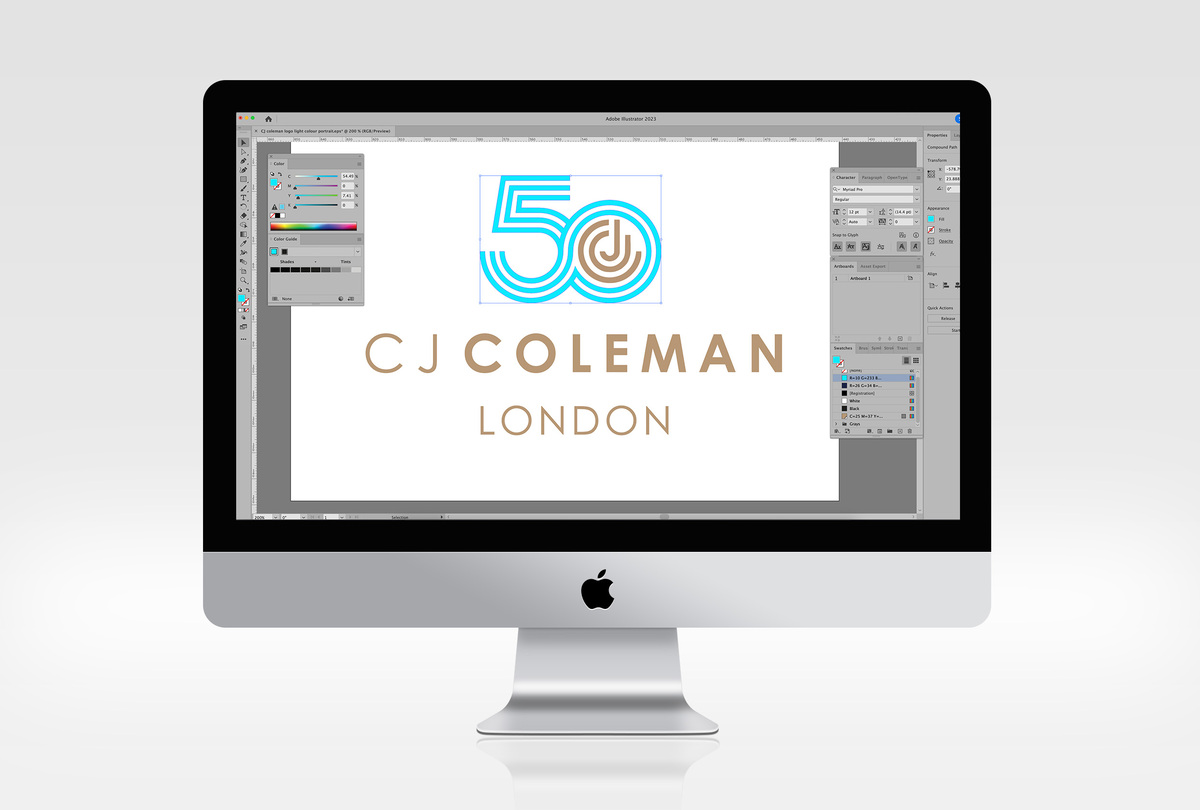
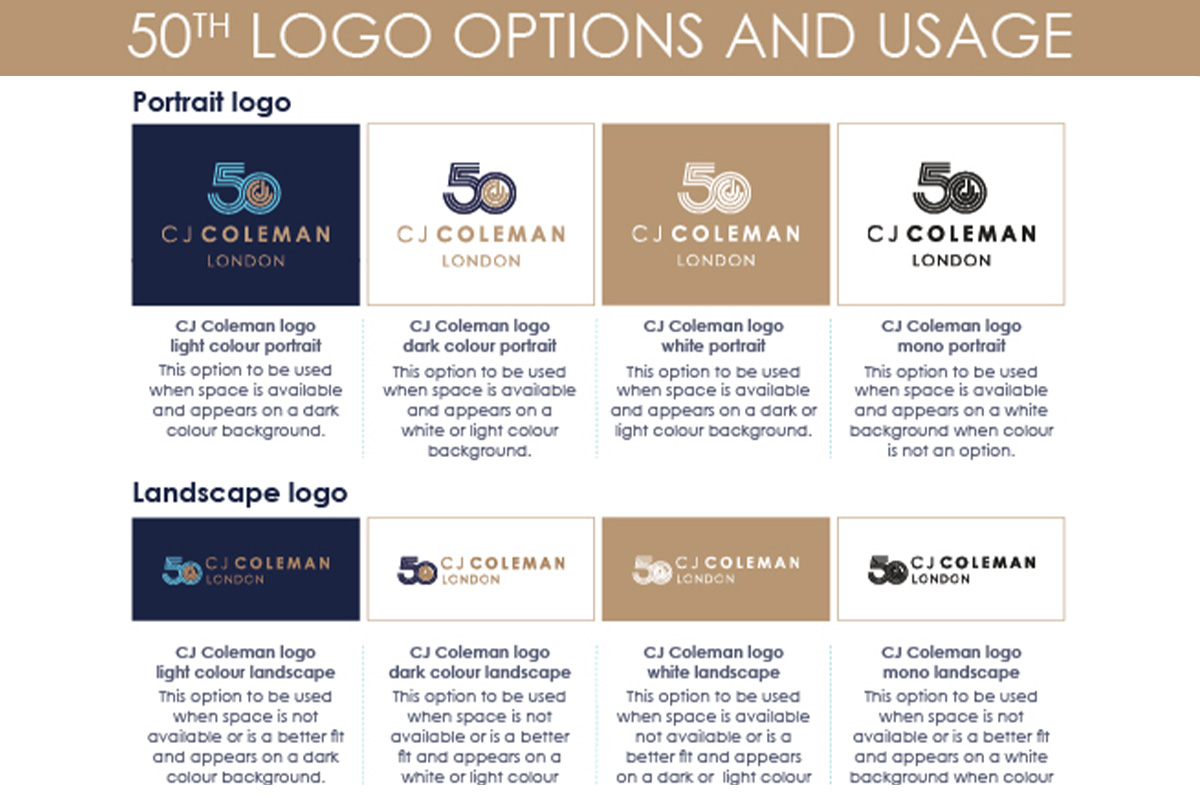
Benefits of Having a Brand Guidelines Document
Every business out there wants to grow its brand and gain recognition in the market. However, not all of them succeed in achieving this, which can be due to the lack of a well-defined brand identity. This is where a brand guidelines document comes into play. It’s essentially a comprehensive guide that outlines all the essential elements of a brand, including the logo, typography, colour palette, and more. Having a brand guidelines document ensures consistency in all forms of communication and marketing efforts. It helps to build a strong brand identity and makes it easier for the target audience to recognise and identify with the brand. By implementing brand guidelines effectively, businesses are better equipped to build the platforms that enable them to convey their key brand, and promotional, message to their customers; making them stand out from competitors and achieve greater success.
Core Elements of a Brand Guidelines Document
Brand guidelines can vary in format and length depending on individual company requirements. Some will only need a single page outlining colours and logo use, and others will need large documents to cover all of the finer details across the mix. Generally, however, some core elements should be included in every brand guideline document and having them as a reference that can evolve with the business, helps to ensure that all marketing materials remain consistent and on-brand. Brand guidelines form a key part of professional logo design and implementation, and will be updated throughout the branding project, acting as a master source of reference for anything relating to your new brand.

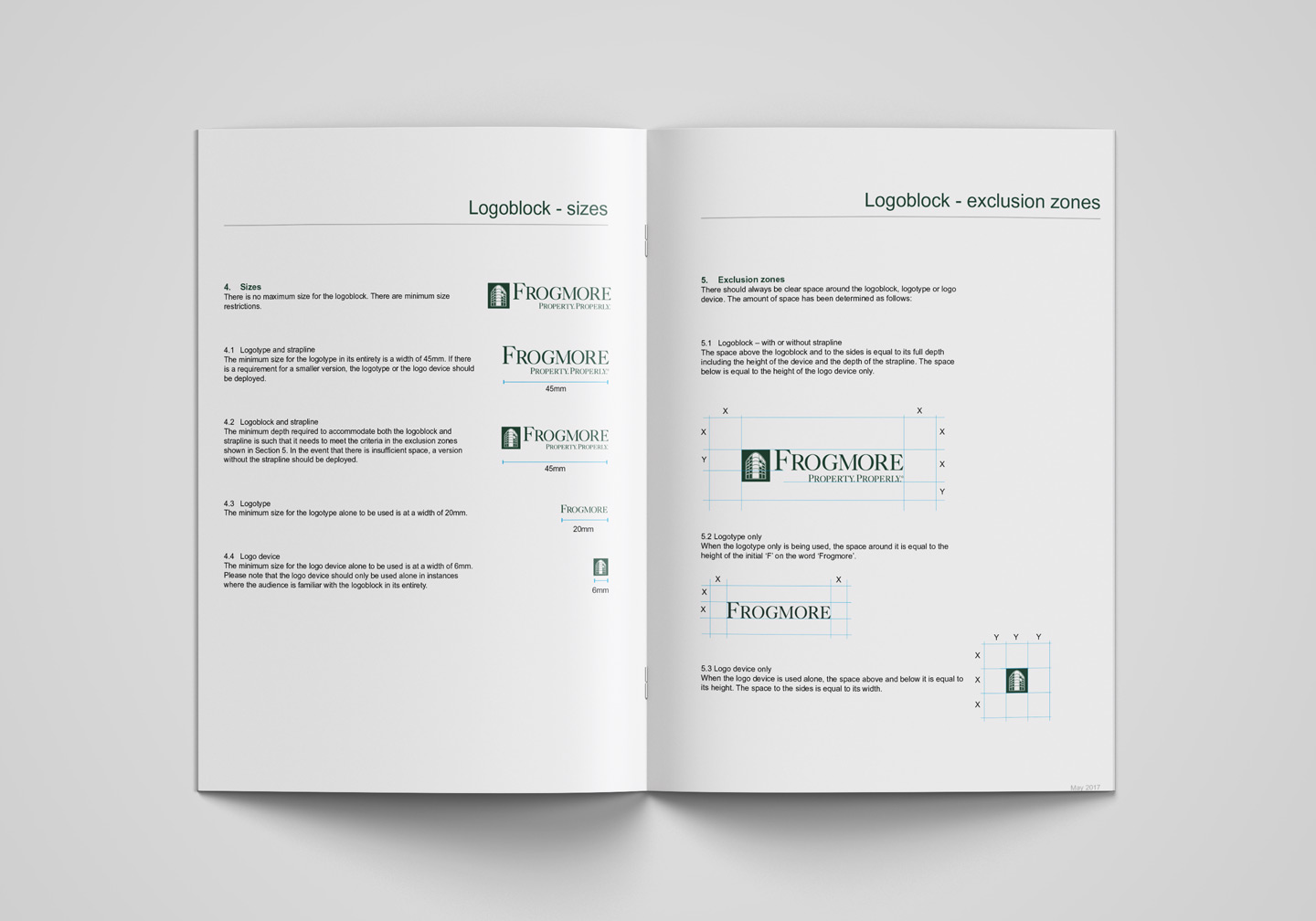
Logo Usage
Creating a strong brand identity is an essential aspect of any business’ success, and a logo plays a crucial role in this process. Brand guidelines provide the necessary instructions on how to use a company’s visual identity, including the logo. When creating these guidelines, as part of the logo design process, consideration must be given to the appropriate use of the logo regarding size, placement, colour, exclusion zones, and typography. The logo’s consistent and disciplined use across all touchpoints, from marketing materials to webpages, helps establish a brand’s recognition and consistency, making it easier for customers to identify and connect with the brand. By providing clear guidelines on logo usage, companies can maintain brand consistency and reinforce the brand’s image, ensuring its recognition and long-term success.
In the brand guidelines, you will see instructions on which versions of the logo should be used for a range of applications, for example, you would typically have a white out version of the logo that will give a stronger presence against dark backgrounds and a black/solid colour version to use on lighter coloured backgrounds. Some branding will have different logotype and corporate mark arrangements, for example, landscape and portrait variations of a logo provide more flexibility with logo placement over a wider range of promotional applications. Our recent case study for C J Coleman showcases an example of logo variations and formats.
Colour Palette
Colour plays a significant role in brand building, and it is crucial to choose the right shades to represent your brand. A colour palette in brand guidelines defines the colours that a brand will use consistently for all its visual and communication materials. These guidelines ensure that all marketing initiatives align with the brand identity, maintaining a consistent tone across various channels. A well-crafted colour palette can help create strong brand recognition, evoke emotions, and create a lasting impression in the minds of customers. A consistent and well-executed use of brand colours builds trust and establishes a brand’s credibility. Therefore, a well-researched and thoughtfully created colour palette in brand guidelines is a critical element in building a brand that creates a lasting impact. Find out more about how colours impact a brand and how to choose an effective colour palette for your brand.
The brand guideline will take the chosen colours and provide colour references for them in a range of formats, this is because there are different colour systems for signage, digital/website design and print production. For example, you would typically have HEX, RGB and CMYK listed and in some cases Pantone as well. There is not always a straight swap between these colours/systems so by having a defined colour reference for each, your brand will be as consistent as possible.
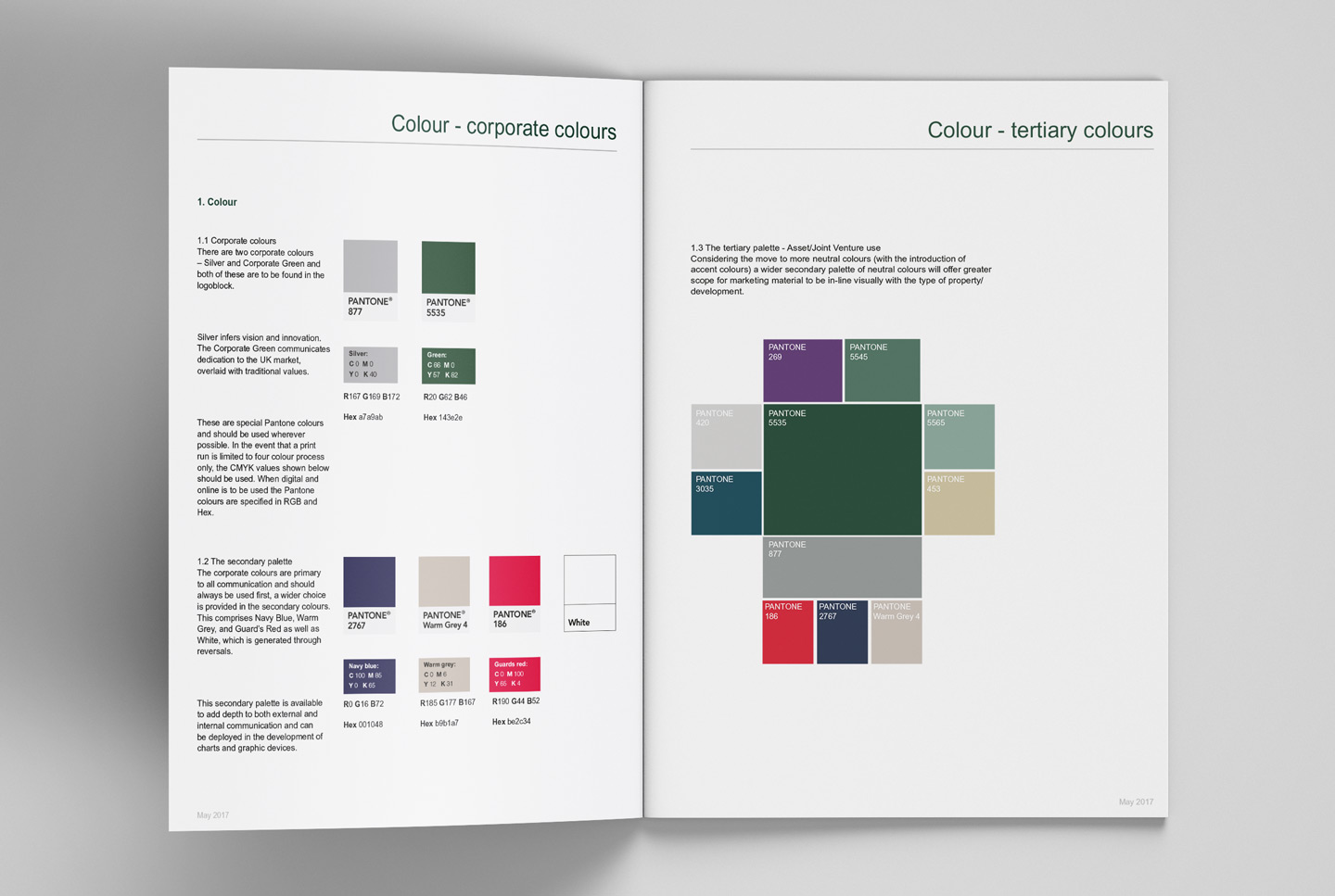
Typography
Typography is a crucial element that defines a brand’s identity and communicates its personality. A brand’s logotype, and typographical approach, conveys its values, messaging, and visual aesthetic to the audience. Brand guidelines should be created to ensure consistent brand communication across all media and platforms. Typography guidelines for a brand include selecting the appropriate typeface, font size, font weight, line spacing, and alignment. Brand typography should be legible, unique, and memorable. A good typography choice can enhance a brand’s visibility and recognition, while a poor one can diminish it.
Imagery
Imagery is a vital component of a brand’s identity, as it can convey emotions and values more effectively than words alone. This is why brand guidelines often feature detailed instructions on imagery usage, from the choice of colours to the type of imagery used. It is important for imagery to align with a brand’s personality and values, as it can heavily influence customer perception and loyalty. Imagery can also help differentiate a brand from its competitors, as unique and memorable visuals can leave a lasting impression. Brand guidelines can include examples of imagery styles to use as well as links to library resources of images that are ‘pre-approved’. For some brands they may assign certain brand images to specific products and including these in the brand guidelines helps to unify the representation of the brand across all platforms.
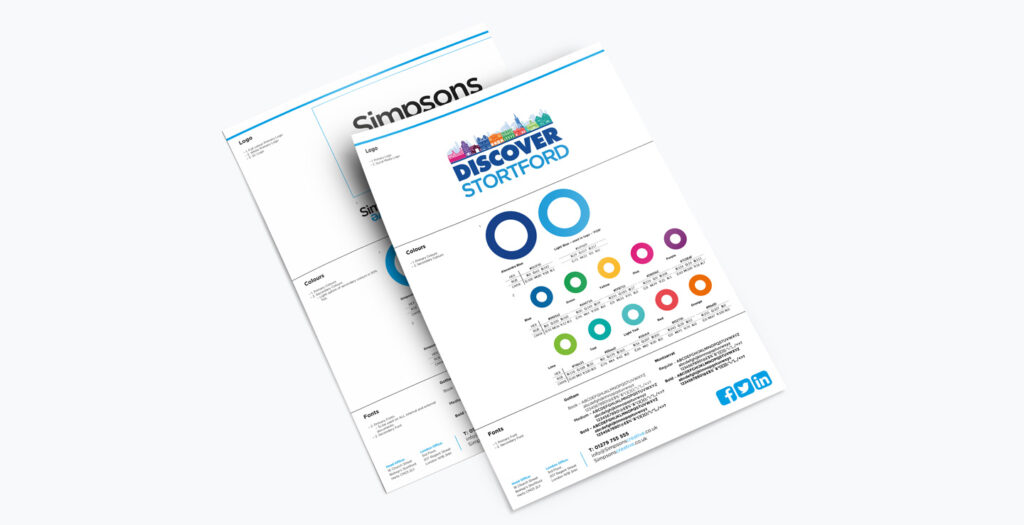
Tips for Creating Your Own Brand Guidelines Document
To start creating a brand guideline document, begin by thoroughly analysing your brand’s mission statement, values, and audience. From there, you can define your brand’s visual elements such as colour palette and typography and establish guidelines for the tone of voice and communication style. Remember that your brand guidelines document is a living document that should evolve as your brand grows, to ensure it remains current and effective. By following these tips, you’re on your way to creating a cohesive brand image that leaves a lasting impact.
- Start by analysing your brand’s mission statement, values, and audience.
- Define your brand’s visual elements such as colour palette and typography.
- Establish guidelines for the tone of voice and communication style.
- Incorporate logo usage into the brand guidelines document.
- Consider different logo arrangements in the brand guidelines.
- Choose a well-researched colour palette that reflects your brand identity.
- Select legible, unique, and memorable font styles for typography.
- Utilise imagery to convey emotions and values that align with the brand personality.
- Provide clear instructions on logo usage regarding size, placement, colour & typography.
- Remember that the guideline document is evolving along with the business.
“At Simpsons Creative, we believe that brand guidelines are essential for a successful brand in order to ensure cohesive visual communication and a uniform representation of the brand. As such, we provide comprehensive branding services to help you create a well-defined brand identity and ensure long-term success.”
Chris Sale – Studio Manager




